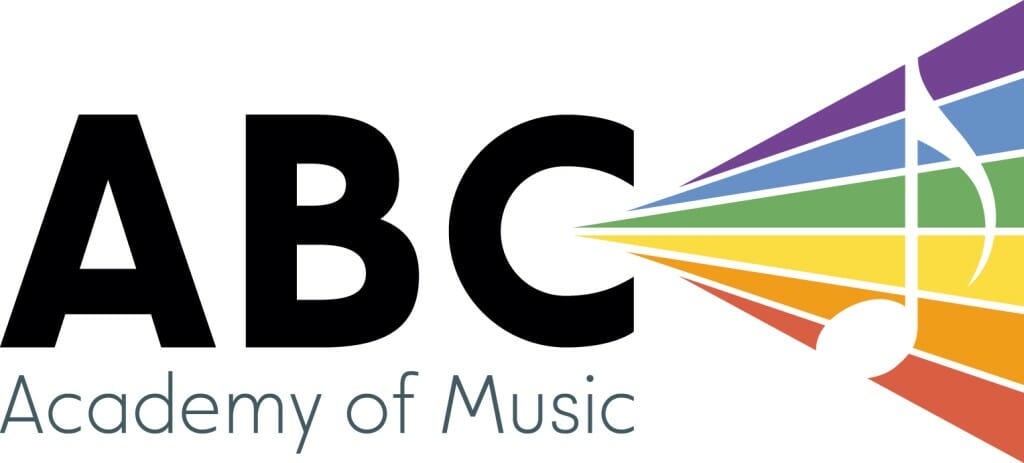Avril – Continue to play Auld Lang Syne, both as written and as improvised/re-composed by you. Play around with it, and be creative! Also work on playing your scales and broken chords, up one octave only, in C major, G major, and A minor only. We’ll expand to more keys next week. ALSO analyze the Bohemian Rhapsody arrangement you have been playing. Tell me: a) what are the chords? and b) where was the transcription different from the recording?
HAVEN & MALEEYA – For both of you, the homework is the same. Work on ‘Small World’ with the proper rhythm. Next week, come ready to focus, learn, and play. We DON’T want to waste more time.
Julie – Focus on the three pieces we have been looking at, as well as major scales in C, G, D, A, and E majors. For the Sicilienne, focus on being precise with the rhythm, getting those grace notes closer to the downbeat in the Eb major section, and experimenting with different pedaling approaches. For the Invention AND the Prelude, it is best to focus on the ORNAMENTS this week, as that is the thing that’s giving you the most trouble. Finally, download the Functional Ear Trainer app for your phone and start playing around with it, we’ll get into more specifics on it later.
Kristen – Practice your major scales in contrary AND parallel motion. Practice them with a metronome, as quarter notes (1 octave), eighth notes (2 octaves), as triplets (3 octaves), and as sixteenth notes (4 octaves). START THIS SLOWLY. 40 beats per minute is a perfectly acceptable place to start, and I wouldn’t recommend exceeding 60BPM for the sixteenth notes yet. Still with the metronome, practice your broken chords (in groups of 3) both as 8th notes AND as triplets. Speaking of the metronome, use it to practice the 2:3 polyrhythm that we worked on today. Continue practicing the Prelude as discussed. Finally, play as much as you can of the first few pages of the Czerny book. Every piece you come across, play in two keys: the written key, and the key a 5th up. So if it’s in C, play it in G. If it’s in F, play it in C. If it’s in D, play it in A. etc.
Tanya – BY EAR: O Canada and Crazy. SIGHT READING: The first 2 pieces in the Czerny book. TRANSCRIPTION: Play the Czerny pieces both in C major AND G major. Broken chords and scales, 1 octave, hands together. C major only.
